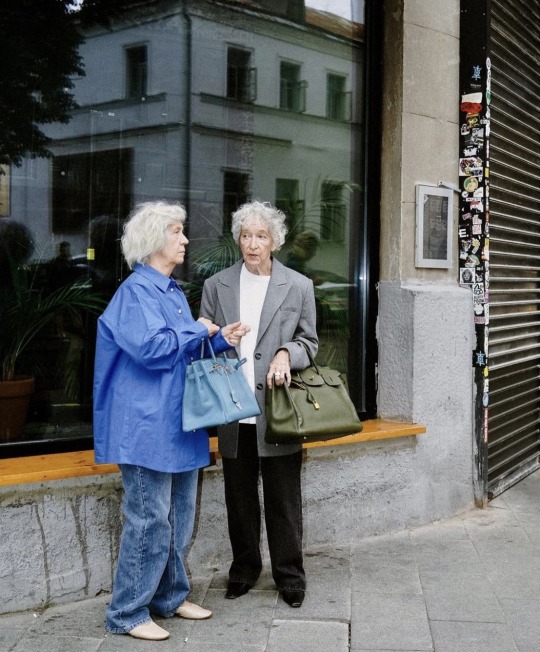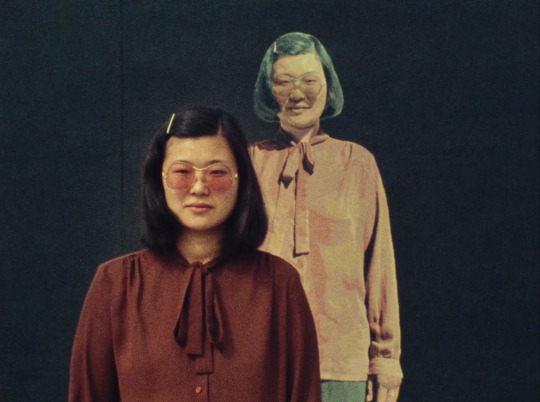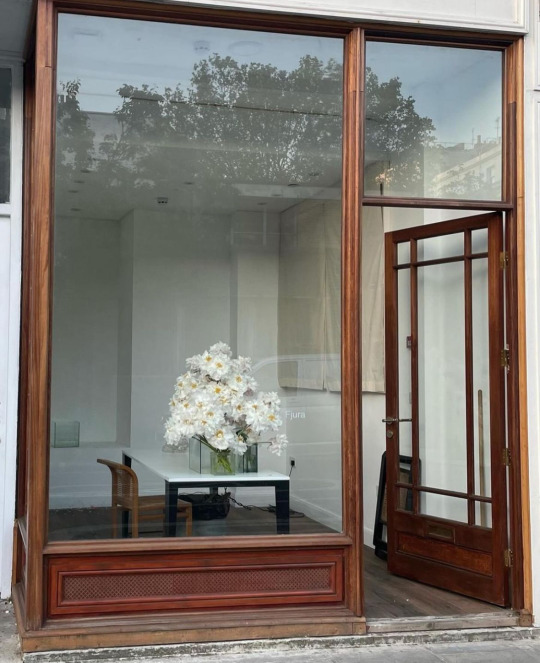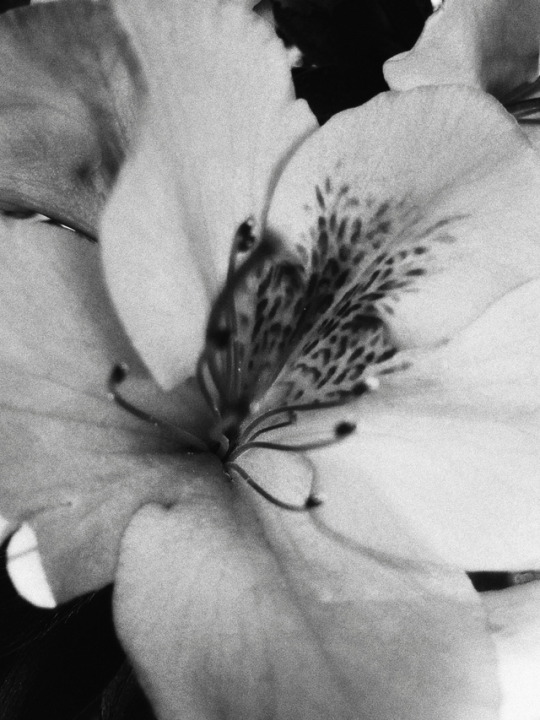Text
reunited with my gf <3 and she literally pulled up this exact photo on pinterest and said “this could be us!”


210 notes
·
View notes
Text
thinking of this again
when i first posted this i was trying out the life of a writer, by which i mean trying out the commitment and the endurance and the resilience required to spend long hours, an hour or two or more a day if possible, no matter if i’m tired or overworked or exhausted or demoralised…
i was trying it out, and i realised i could do it and i wanted to do it, and i wanted it more than the other things that i felt i was supposed to want. in particular: leisure time to see friends and go to restaurants and have a drink and have an interesting sociable life. i want to write more than i want any of these things, which doesn’t mean becoming a recluse, but it does mean that the pleasures others enjoy are always laced, for me, with this realisation that there is a very direct tradeoff between going out one night vs reading a book, working on an essay, things that deepen my work…
i was trying it out, this lifelong commitment to writing, and i realised i wanted to keep it, and so i’m going to keep on going. more than anything i want to insulate myself from the people who can’t and won’t make the same commitments, and not listen to their advice, the advice to not work as hard and enjoy myself—i enjoy the work of writing, i would be happier doing more of it, i need to remember that!
I had always heard about my grandfather George that he had a greatness of spirit, that he was a charming, fun, witty, cultured man, a great athlete, a loving father and man. I also understood that he never became the painter he wanted to be, and this understanding of him has always haunted me; the grandfather who did not or could not put all of himself into his art as he longed to do. From an early age, an understanding of the sort of single-mindedness and great luck involved in being an artist, and how unlikely it is to become one, was with me like a warning. I began to see that it took all of one’s forces constantly driven in one direction, and the will of the world, and the happiest of circumstances, all working together, to enable one to make a life in art.
sheila heti, 'a common seagull', in the yale review, 2020
2 notes
·
View notes
Text


Xiao Wen Ju by Zhong Lin for Marie Claire China Magazine March 2024
347 notes
·
View notes
Text
techniques for externalising shame in order to move thru it and move on from it, from healing the shame that binds you by john bradshaw
To heal our toxic shame we must come out of hiding. As long as our shame is hidden, there is nothing we can do about it. In order to change our toxic shame we must embrace it. There is an old therapeutic adage that states, “The only way out is through.”
Embracing our shame involves pain. Pain is what we try to avoid. In fact, most of our neurotic behavior is due to the avoidance of legitimate pain. We try to find an easier way. This is perfectly reasonable.
In the case of shame, the more we avoid it, the worse it gets. We cannot change our “internalized” shame until we “externalize” it. Doing the shame reduction work is simple but difficult. It mainly involves what I call methods of externalization.
Externalization methods include:
Coming out of hiding by social contact, which means honestly sharing our feelings with significant others.
Seeing ourselves mirrored and echoed in the eyes of at least one nonshaming person. Reestablishing an “interpersonal bridge.”
Working a Twelve Step program.
Doing shame-reduction work by “legitimizing” our abandonment trauma. We do this by writing and talking about it (debriefing). Writing especially helps to externalize past shaming experiences. We can then externalize our feelings about the abandonment. We can express them, grieve them, clarify them and connect with them.
Externalizing our lost Inner Child. We do this by making conscious contact with the vulnerable child part of ourselves.
Learning to recognize various split-off parts of ourselves. As we make these parts conscious (externalize them), we can embrace and integrate them.
Making new decisions to accept all parts of ourselves with unconditional positive regard. Learning to say, “I love myself for…” Learning to externalize our needs and wants by becoming more self-assertive.
Externalizing unconscious memories from the past, which form collages of shame scenes, and learning how to heal them.
Externalizing the voices in our heads. These voices keep our shame spirals in operation. Doing exercises to stop our shaming voices and learning to replace them with new, nurturing and positive voices.
Learning to be aware of certain interpersonal situations most likely to trigger shame spirals.
Learning how to deal with critical and shaming people by practicing assertive techniques and creating an externalization shame anchor.
Learning how to handle our mistakes and having the courage to be imperfect.
Finally, learning through prayer and meditation to create an inner place of silence wherein we are centered and grounded in a personally valued Higher Power.
Discovering our life’s purpose and spiritual destiny.
All of these externalization methods have been adapted from the major schools of therapy. Most therapies attempt to make that which is covert and unconscious into something overt and conscious.
These techniques can only be mastered by practice. You must do them, then reinforce them by doing them again. They will work if you will work.
3 notes
·
View notes
Text

Mur Murs (Agnès Varda, 1981)
199 notes
·
View notes
Text
in bed with redacted patiently suffering thru his snoring…reading pp100–200 of bourdieu’s distinction
#when i reach pg 200 i will wake him up and politely demand coffee#the open relationship situation is working out nicely but it has reminded me of how LOUD men are when they sleep#i could never commit to this for life!
2 notes
·
View notes
Text
the us really is a genocidal gerontocracy…and yet the democrats are blowing up my phone nonstop begging me to vote for biden…
#thank god i’m in a blue state rn so can comfortably avoid voting for the man#read a take a few wks ago that was like#young left leaning people will never forget what the mainstream democratic party is doing to gaza
2 notes
·
View notes
Text
no hesitation, no stagnation
#my new daily affirmation…#i’m feeling really good about how much time i’m putting into my writing! it’s nearly every day at this point
1 note
·
View note
Text
have been v stuck on a critical essay and called the love of my life—in like 5 minutes she very efficiently and remarkably pulled together all the incoherent ideas i was working on into a beautifully precise and clear thesis
she is so good at everything!!!!! i’m in love…
5 notes
·
View notes
Text
But also I think the whole point of your 20’s maybe is to “get stuck” in such a big way at least once that it shocks you into promising yourself to never let it get that bad again
#me at 25#i don’t know how i let things get into that state but i learned my lesson!!!#i am never going to make that specific mistake again#i’m going to make new ones <3
7K notes
·
View notes
Photo

these are the valentine’s day hours on the website of a flower shop not far from my apartment & i thought “8 am - ‘til the last rose” was really cute
36K notes
·
View notes
Text

1K notes
·
View notes
Text

8K notes
·
View notes
Text



Lamp design by Carlo Nason (1969)
42K notes
·
View notes
Text
Speak in the vernacular. The moral urgency of change acquires its greatest grandeur when expressed in shared language.
mike davis, leftist historian and activist
3 notes
·
View notes

